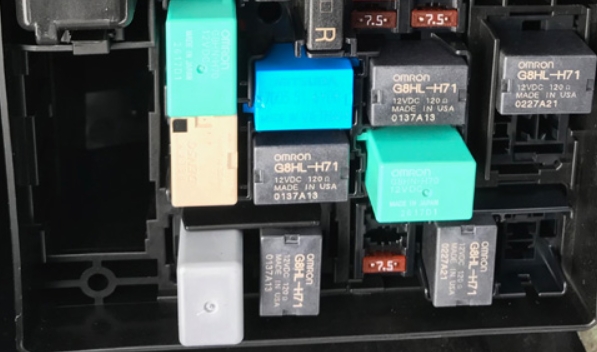Unlocking the Power: Exploring the Multifaceted Functions of Electrical Relays
2 min read
Electrical relays are indispensable components in various industries, serving as crucial switches that control the flow of electricity. These devices play a pivotal role in ensuring the safe and efficient operation of electrical systems. In this comprehensive blog post, we will delve into the multifunctionality of electrical relays, exploring their diverse applications and highlighting their significance in different sectors.
- Control and Protection:
Electrical relays act as control devices, enabling the automation and regulation of electrical circuits. They monitor electrical parameters such as voltage, current, and frequency, and based on predefined conditions, they initiate actions to protect the system from faults or overloads. By swiftly detecting abnormalities, relays prevent potential damage to equipment and ensure the safety of personnel. - Switching and Circuit Isolation:
Relays facilitate the switching of electrical circuits, allowing the connection or disconnection of power sources, loads, or other components. They provide galvanic isolation, separating the control circuit from the power circuit. This isolation prevents interference, enhances system reliability, and enables the integration of different voltage levels or incompatible systems. - Time Delay and Sequencing:
Electrical relays can introduce time delays in circuit operations, enabling precise control and coordination of various processes. By incorporating adjustable timing mechanisms, relays can initiate actions after a specific time interval, ensuring synchronization and preventing simultaneous activation of multiple devices. This function finds applications in motor control, lighting systems, and industrial automation. - Signal Amplification and Conditioning:
Relays possess the ability to amplify weak electrical signals, enhancing their strength and enabling efficient transmission. They can also condition signals by converting them to the desired form or adapting them to match the requirements of different components or systems. This feature is particularly useful in telecommunications, instrumentation, and audio systems. - Fault Diagnosis and Monitoring:
Advanced relays incorporate diagnostic capabilities, enabling the detection and identification of faults within electrical systems. By continuously monitoring parameters such as voltage fluctuations, temperature variations, or abnormal currents, relays can provide valuable insights into the health and performance of the system. This proactive approach aids in preventive maintenance, reducing downtime and optimizing operational efficiency.
Conclusion:
Electrical relays are versatile devices that perform a multitude of functions across various industries. From control and protection to switching and signal conditioning, their contributions are invaluable. By understanding the diverse applications and capabilities of relays, engineers and technicians can harness their power to optimize system performance, enhance safety, and drive innovation in the ever-evolving world of electrical engineering.
